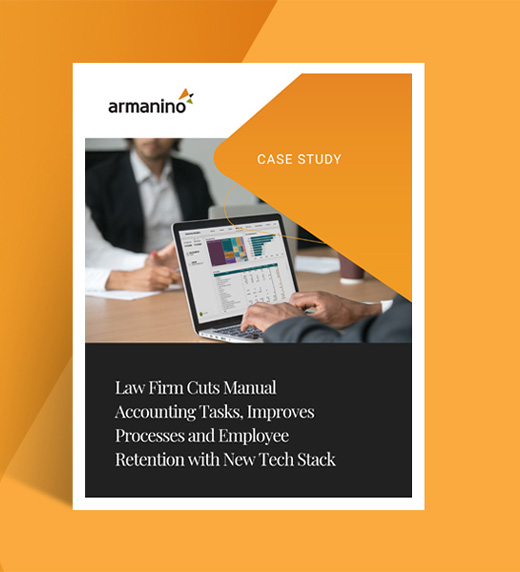
The SEC’s final pay versus performance disclosure rules, published in August 2022, contain expansive updates to the way most public companies report their executive compensation. (To help further clarify the rules, the SEC released 15 Compliance and Disclosure Interpretations on February 10, 2023. The latest guidance can be found in Regulation S-K C&DIs under Sections 128D and 228D.)
The following FAQs outline what you need to know about the pay versus performance rules and what actions your organization can take now to comply with the disclosure requirements.
Meant to enable greater insight into executive compensation, the pay versus performance rules require organizations to disclose the relationship between executive compensation awards and their company’s financial performance. This information must be disclosed in the company’s annual proxy forms and is effective for the 2023 proxy season.
All publicly traded companies must comply with the finalized rules.
Yes. Foreign private issuers, registered investment companies (other than business development companies) and emerging growth companies (EGCs) are exempt from the pay versus performance disclosure requirements.
Additionally, organizations undergoing the IPO process do not have to adhere to the rules because the affected disclosures are not required in IPO registration statements. Newly public companies that are not EGCs should follow the appropriate transition provisions.
To comply with the finalized rules, organizations must provide several executive compensation pay and performance metrics in a tabular format for the five most recent fiscal years. These metrics include:
As part of these calculations, companies must perform valuations of all the awards that remained unvested as of the end of the year as well as valuations of those awards that vested during the year.
For example, any award with unvested shares needs to be revalued as of the end of the fiscal year and every subsequent fiscal year end when there are outstanding unvested shares. In addition, a valuation needs to be completed for the number of shares vesting throughout the year as of the vest date. Multiple vesting tranches require a unique valuation as of the vest date. Any awards with market performance conditions may require a more complex valuation using a Monte Carlo simulation as of the end of the fiscal year.
The lookback period is five fiscal years. Organizations are required to disclose how the compensation paid to their executive officers during that time relates to the financial performance of the company and its peer groups. Smaller reporting companies (defined by the SEC as those with either 1) a public float of less than $250 million or 2) annual revenues of less than $100 million and either no public float or a public float of less than $700 million) may elect to provide information for just the three most recently completed fiscal years.
Companies must comply with the pay versus performance disclosure requirement in their 2023 proxy statement if their fiscal year ends on or after December 16, 2022.
Organizations required to provide this information on their 2023 proxy statement need to take immediate action to ensure compliance and avoid last-minute roadblocks. Because of the compressed timeline and extensive volume and detail of information required in the disclosure, your organization should begin collecting information now.
You also may need to engage legal, accounting and valuation experts to ensure that your calculations are correct and meet the pay versus performance requirements. Valuations alone require substantial advance planning, so it’s critical that you retain any necessary outside expertise as soon as possible.
Companies that fail to comply with the pay versus performance disclosure rules may face various repercussions from the SEC, which could include fines or other sanctions. Noncompliant companies also risk facing reputational damage and violating investor trust.
As noted above, it’s imperative to prepare for these disclosure obligations as soon as possible. If you haven’t already done so, take immediate steps to determine your organization’s approach and timeline for meeting the requirements. Identify the metrics to be included in your tabular list, including your peer group and company-selected measure. Pinpoint the calculations that may be required for your organization’s disclosures and specific compensation measures and engage accounting and valuation experts accordingly to perform preliminary calculations for each fiscal year.
Proxy season is already a busy time of year, so you don’t want to be left scrambling to meet these disclosure requirements. With the right preparation, you can avoid last-minute pitfalls, minimize pay versus performance calculation errors and ensure that you are providing disclosure information that accurately and effectively represents your organization’s executive compensation practices.
Contact our equity management experts for assistance preparing pay versus performance disclosure information for your annual proxy report, as well as other ways to take control of your operations.


